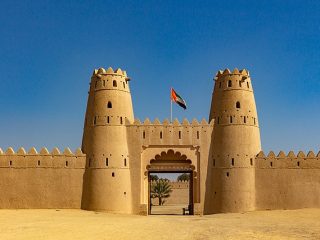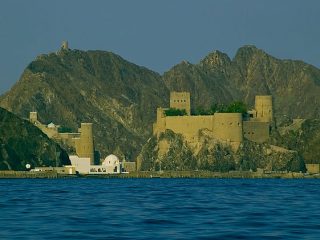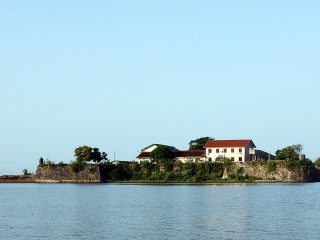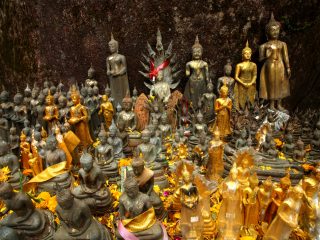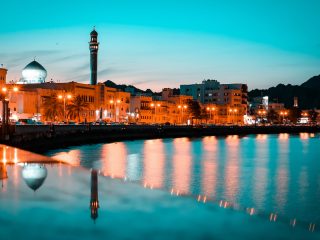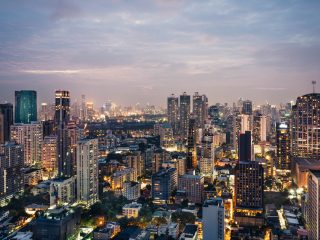Nestled within the heart of Manila, Philippines, Fort Santiago stands as an enduring testament to the city’s rich history and cultural heritage. This iconic fortress, with its centuries-old walls and strategic location, has borne witness to pivotal moments in Philippine history.

A Historical Tapestry
Built in the late 16th century under Spanish colonial rule, Fort Santiago served as a military stronghold, guarding the entrance to the Pasig River. Over the centuries, it played a crucial role in shaping the destiny of the Philippines, witnessing battles, occupations, and the ebb and flow of power.
Architectural Splendor
The design of this architectural marvel located close to hotels in the area such as The Suites at TLM reflects a blend of European and Filipino influences, showcasing the military architecture of the time. Massive stone walls, watchtowers, and intricate details in the stonework paint a vivid picture of the past. The imposing Baluarte de San Diego, a circular fortification within Fort Santiago, adds to the architectural grandeur.
Rizal’s Imprint
Fort Santiago holds a poignant connection to the national hero of the Philippines, Dr. Jose Rizal. It was within the confines of these historic walls that Rizal, a prominent figure in the fight for Philippine independence, was imprisoned before his execution in 1896. The Rizal Shrine, located within the fort, pays tribute to his life and the sacrifices he made for his country.
Courtyards and Promenades
The fort is not merely a symbol of military strength but also a place of contemplation and recreation. Visitors can explore the various courtyards, gardens, and promenades, easily accessed by apartments near Manila Bay each offering a glimpse into different aspects of life during different periods of history. The peaceful ambience within the fort’s confines provides a stark contrast to the bustling energy of modern Manila.
Cultural Significance
Fort Santiago is not merely a relic of the past but a living testament to the resilience and spirit of the Filipino people. As a popular destination for both locals and tourists, it serves as an educational hub, fostering a deeper understanding of the Philippines’ complex history and the struggles endured on the path to independence.




